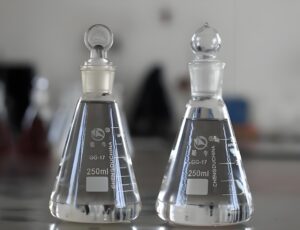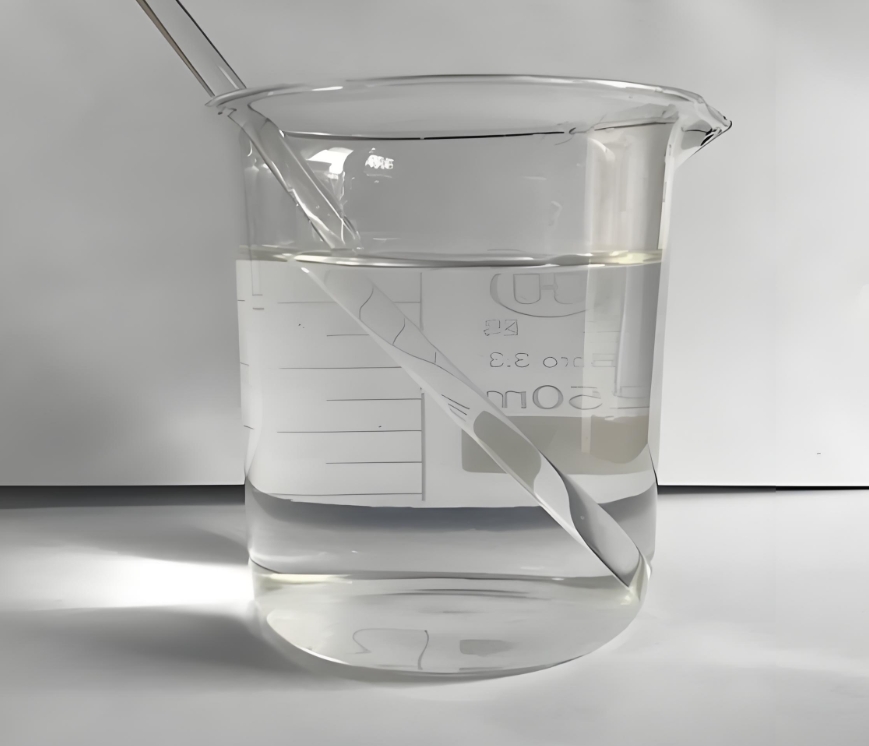Methanethiol CAS: 74-93-1
-Plant extracts
Product information
Methanethiol

| Product Name | Methanethiol |
| Place of Origin | Shaanxi,China |
| Purity | ≥98% |
| Appearance | Color liquid |
| Shape | Liquid |
| Category | Plant extracts |
| MOQ | 5 kg |
| Shelf Life | 24 Months |
Detailed Description
Colorless liquid with unpleasant odor. Do not dissolve in water, soluble in ethanol, ether and other organic solvents. For organic synthesis and jet additives, pesticides, raw materials, catalysts. By the role of Baisfu methanol and hydrogen sulfide, or by the role of olefin and hydrogen sulfide separation derived.
Applications
Organic synthesis of raw materials, can use for synthetic dyes, pesticides, pharmaceuticals, such as methionine, fenthion, penicillin, propranolol, prometryn, but also for the production of methanesulfonyl chloride, methyl mercaptan and other intermediates .
Methanethiol is a synthesis intermediate for many important chemical products.
Animal feed nutrient supplement: Methanethiol is a key intermediate in the production of methionine (Methionine). Methionine is an essential amino acid and is widely added to animal feed such as poultry and pigs to promote growth and improve feed efficiency. This is the largest application of methanethiol.
Pesticides and insecticides: As raw materials for synthesizing a variety of highly effective insecticides, fungicides and herbicides. For example, they are used in the synthesis of methyl parathion, etc.
Chemical raw materials: Used for the production of other organic sulfur compounds, such as:
Dimethyl sulfoxide (DMSO): An important polar solvent and a drug penetration agent.
Dimethyl disulfide (DMDS): Used as a hydrogenation desulfurization catalyst, sulfurizing agent, and gasoline additive in the petrochemical industry.
Odorants for natural gas and liquefied petroleum gas (LPG): Due to their characteristic of being detectable even at extremely low concentrations, methanethiol is added in small amounts to the odorless natural gas and LPG. In case of leakage, people can quickly detect it with its strong warning odor, thus avoiding fire or explosion accidents.


